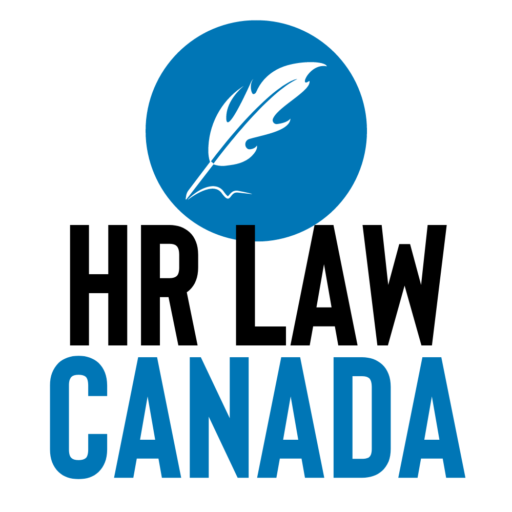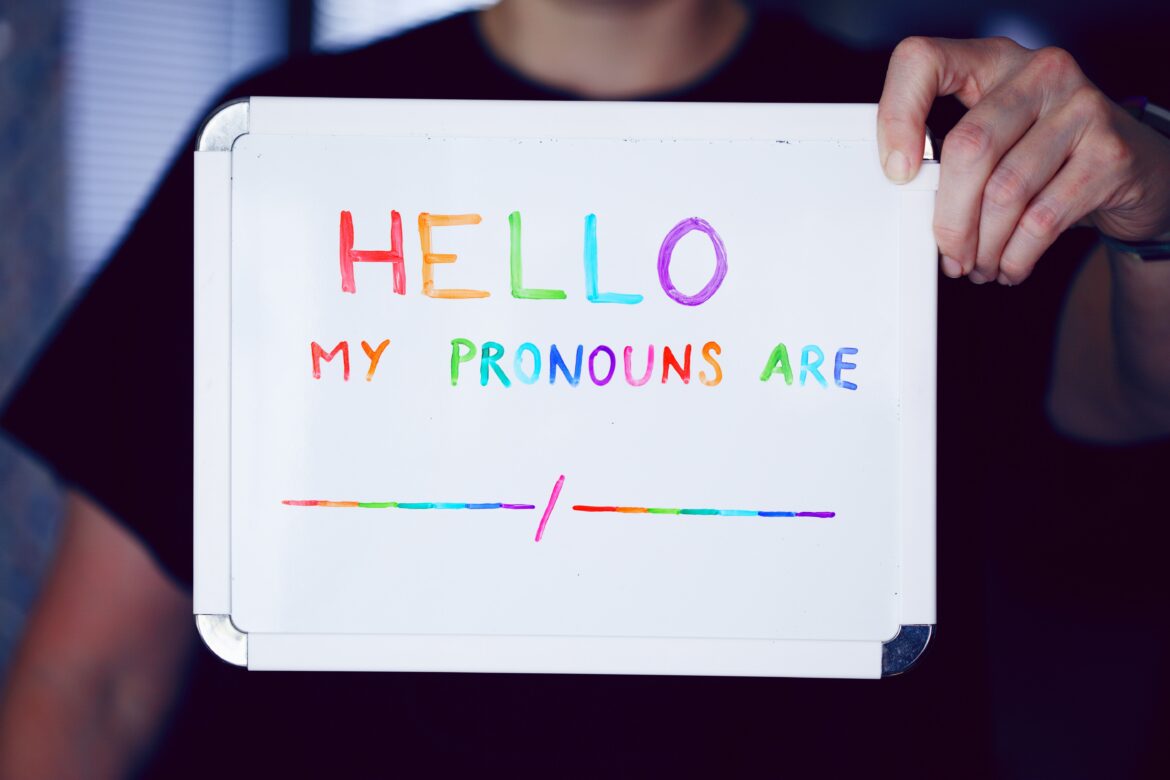By Debra M Haak, Queen’s University, Ontario
Recent education policy changes and protests about sex education reveal increasing concern and polarization over how sex and gender identity are taught in public schools in Canada. They also expose the significant role now played by school boards in constructing the meaning of gender identity and gender expression.
Marches took place across Canada in September under the banner, “1 Million March for Children.” Changes recently announced by Alberta Premier Danielle Smith will, if enacted into law, exclude students from lessons on gender identity and sexual orientation unless parents opt in. Other provinces like Saskatchewan allow parents to opt children out of sex education classes.
Many fear proposed policy changes — which extend beyond what is taught in sex education classes — will harm transgender and non-binary youth. The proposed Alberta policies have been condemned as anti-trans by organizations including Canada’s largest private sector union and Amnesty International.
Politicians across the political spectrum have been quick to politicize this issue, flattening it into a discourse pitting parental rights against trans children’s best interests. But amplifying rhetoric will not help us understand what is happening and what it means.
My research is focused on promoting conceptual clarity around human rights protections based on sex and those based on gender identity in a research project, “Sex in the Age of Gender.” This research is funded by the Social Sciences and Humanities Research Council and the Canadian Bar Association Law for the Future Fund. I started this research because language matters to law.
Changes in how words and terms are used can impact our ability to know about people’s lives and protect their rights. Significant shifts are taking place around how we define and understand sex and gender in education and public policy in Canada. We need to pay attention to what is changing and to what those changes might mean.
Sex, gender and law
“Sex,” “gender identity” and “gender expression” are distinct legally prohibited grounds of discrimination in Canada. Yet sex, gender identity and gender expression are not defined in human rights legislation in Canada.
My research has started to reveal changes and inconsistency in how words and terms relevant to these human rights protections are defined and given effect in public policy, public education and data collection.
When the meanings of key concepts like sex and gender identity are unclear and definitions are inconsistent, people — including parents who generally support the implementation of a comprehensive sexual health curriculum — may reasonably be concerned about what is being taught to children and how it will affect youth and society at large. They should be able to express their concerns and participate in open discussions about the meaning of words we share.
Changes in the definition of sex
Women’s rights were forged using the word sex. The Charter of the United Nations prohibits sex discrimination. The United Nations Universal Declaration of Human Rights precludes discrimination based on sex. The Convention on the Elimination of All Forms of Discrimination against Women centres equality rights and non-discrimination on the ground of sex.
In Canada, women’s rights are protected and promoted in federal, provincial and territorial human rights legislation and in the Charter of Rights and Freedoms using sex as a prohibited ground of discrimination.
The word sex is commonly used in law and public policy in Canada. Until 2018, it had a stable meaning that usually linked it to biological factors and the biological differences between men and women.
Changes since 2018
Since 2018, the word sex is increasingly defined by the federal government as something that is “assigned at birth.” But there is no consistency across federal departments and agencies. Some continue to define sex as a biological question of male or female. Those that define sex as assigned at birth do not consistently explain how sex is assigned or by whom.
Conceptual shifts around word ‘woman’
Similar conceptual shifts are taking place around the word woman. The word woman was formerly linked to sex and used to refer to female people. Now, government departments including the Department of Justice increasingly use the word woman to refer to all people who identify as women.
What will the impact of these changes be? A study recently completed in the United Kingdom considered potential consequences of eliminating legal recognition of sex. However, social scientists maintain that sex and gender identity are distinct variables that both matter. Data on sex has long been understood as a fundamental demographic variable directly relevant to monitoring equality.
Defining gender identity
In 2016, the terms gender identity and gender expression were added to federal human rights legislation in Canada to provide legal protection for transgender and gender-diverse people. Similar rights appear in federal, provincial and territorial human rights legislation across Canada.
When gender identity was added to federal human rights legislation, the Department of Justice defined gender identity as:
“each person’s internal and individual experience of gender. It is their sense of being a woman, a man, both, neither, or anywhere along the gender spectrum …”
The Department of Justice now defines gender identity as:
“A person’s internal and deeply felt sense of being a man or woman, both or neither. A person’s gender identity may or may not align with the gender typically associated with their sex.”
School boards define terms differently
School boards, as local expressions of democracy with significant policy influence over children’s and youth’s lives, have started to construct the meaning of gender identity and gender expression in education. Researchers have identified that secular boards across Ontario define gender identity and gender expression differently from one another.
Some school boards now define gender identity as something everyone has. Whether the term should extend to include individuals beyond those who are transgender or gender non-conforming has not been settled in law.
Data collection shifts away from sex towards gender
A shift away from sex and towards gender (identity) has occurred in data collection practices at the federal government level. In 2018, the Treasury Board of Canada Secretariat and the Department of Justice Canada recommended “ways to modernize how the Government of Canada handles information on sex and gender.”
They recommended that “departments and agencies should collect or display gender information by default, unless sex information is specifically needed.” They used “sex” to refer to biological characteristics, and “gender” to refer to a social and personal identity.
Open discussions are overdue
As Canadian society shifts to accommodate the legal recognition of gender diversity, there will be tensions. Ultimately, courts will be tasked with deciding how some of those tensions are resolved, when sex, gender identity and gender expression are all protected in human rights laws.
In the meantime, as a society, we need to openly and transparently grapple with some increasingly important questions:
- First, how will foundational concepts such as sex, gender identity and gender expression be defined and given effect in education, law, public policy and beyond?
- Second, how will tensions between experiences, interests and rights associated with sex and those associated with gender identity and/or gender expression be resolved?
- Third, who is best placed to decide how these questions are answered in education, law, public policy and beyond?
Everyone who may be impacted by the answers to these questions should be included in the conversation.
Debra M Haak, Assistant Professor, Faculty of Law, Queen’s University, Ontario. This article is republished from The Conversation under a Creative Commons license. Read the original article.





